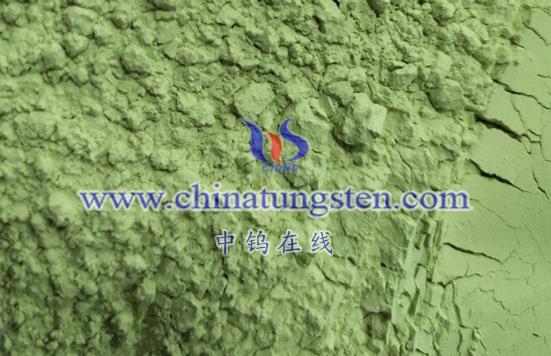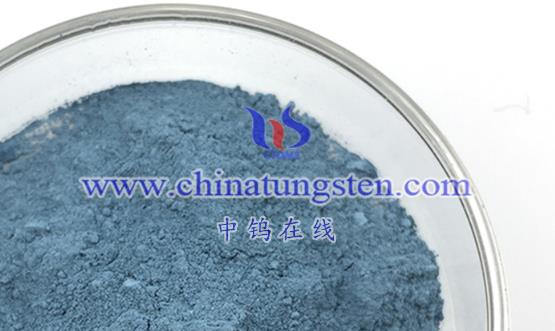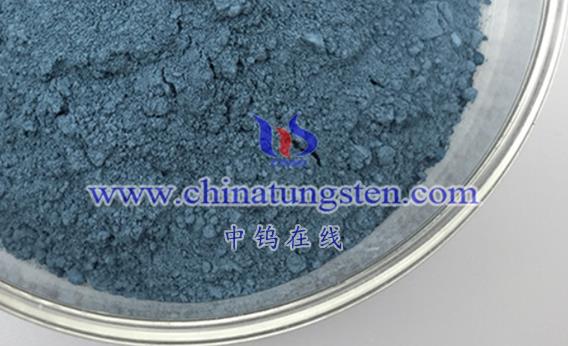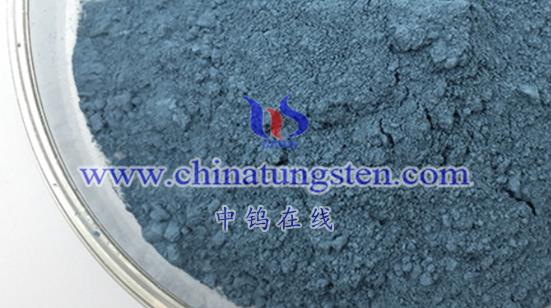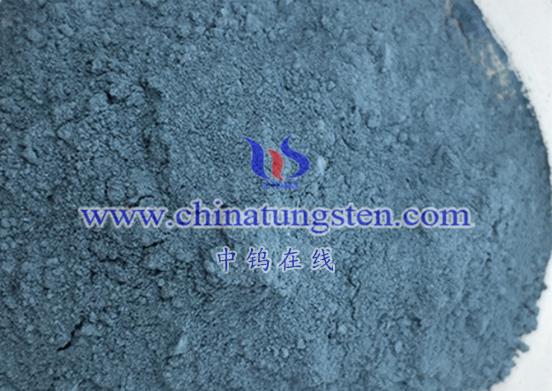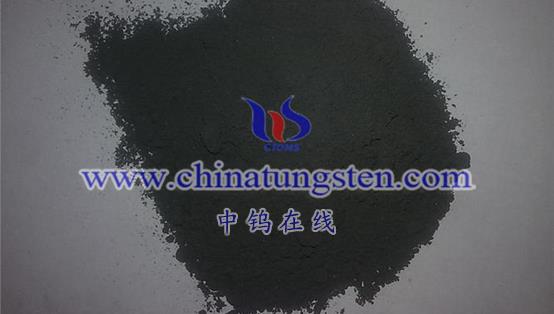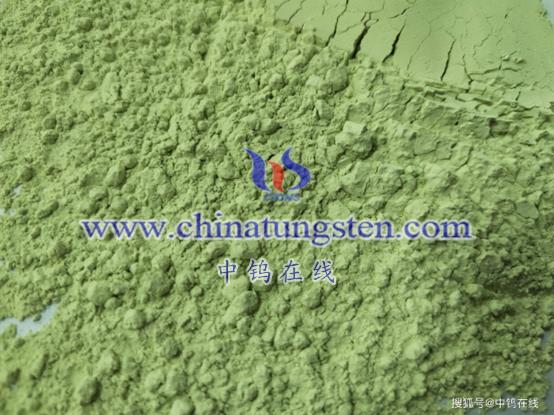
The bulk density of tungsten oxide is significantly influenced by the shape of its particles. Particle shape affects how the powder particles pack together, which in turn impacts the bulk density. Here’s a detailed look at how particle shape affects bulk density:
- Shape Regularity
- Regular Shapes: Particles with regular shapes, such as spherical or near-spherical particles, tend to pack more efficiently. This is because regular shapes fit together more tightly and fill the available space better, reducing voids and increasing the bulk density.
- Irregular Shapes: Particles with irregular shapes, such as flakes, needles, or dendrites, often create more gaps between them when packed. These shapes do not fit together as well, leading to higher voids and consequently, lower bulk density.
- Particle Interaction
- Regular Shapes: Regularly shaped particles can slide and rotate more easily to fill gaps between them. This adaptability helps in reducing the overall voids in the packed powder, which increases bulk density.
- Irregular Shapes: Irregularly shaped particles may have difficulty fitting together closely, leading to more unfilled spaces and lower bulk density.
- Surface Area and Surface Energy
- Surface Area: Particles with larger surface areas may have higher surface energy, which can influence how they interact with each other. However, a higher surface area doesn’t always translate to higher bulk density.
- Surface Energy: High surface energy can lead to stronger particle interactions, potentially causing particles to clump together. This clumping can either increase or decrease bulk density depending on the extent of agglomeration.
Examples and Data
- Spherical Particles: Studies have shown that spherical or nearly spherical tungsten oxide particles generally have higher bulk densities. For instance, spherical tungsten oxide powders can achieve a bulk density that is a significant proportion (e.g., 60%-80%) of their theoretical density.
- Irregular Particles: Tungsten oxide powders with irregular shapes, such as those produced by traditional reduction methods, often have lower bulk densities. The irregularity of the particles leads to inefficient packing and higher voids.
Practical Implications
- Processing and Application: When preparing tungsten oxide powders, the shape of the particles should be considered to optimize bulk density. For applications requiring high bulk density, such as in catalysts or coatings, producing particles with regular shapes might be beneficial.
- Quality Control: Monitoring and controlling particle shape during manufacturing can help achieve the desired bulk density and improve the performance of the final product.
In summary, the bulk density of tungsten oxide is closely related to its particle shape. Regularly shaped particles generally lead to higher bulk densities due to more efficient packing, while irregularly shaped particles result in lower bulk densities due to increased voids. Optimizing particle shape during production is crucial for enhancing the performance and quality of tungsten oxide powders.
More details of tungsten oxide product, please visit website: tungsten-oxide.com
Please contact CHINATUNGSTEN for inquiry and order of tungsten oxide:
Email: sales@chinatungsten.com
Tel.: 86 592 5129595
